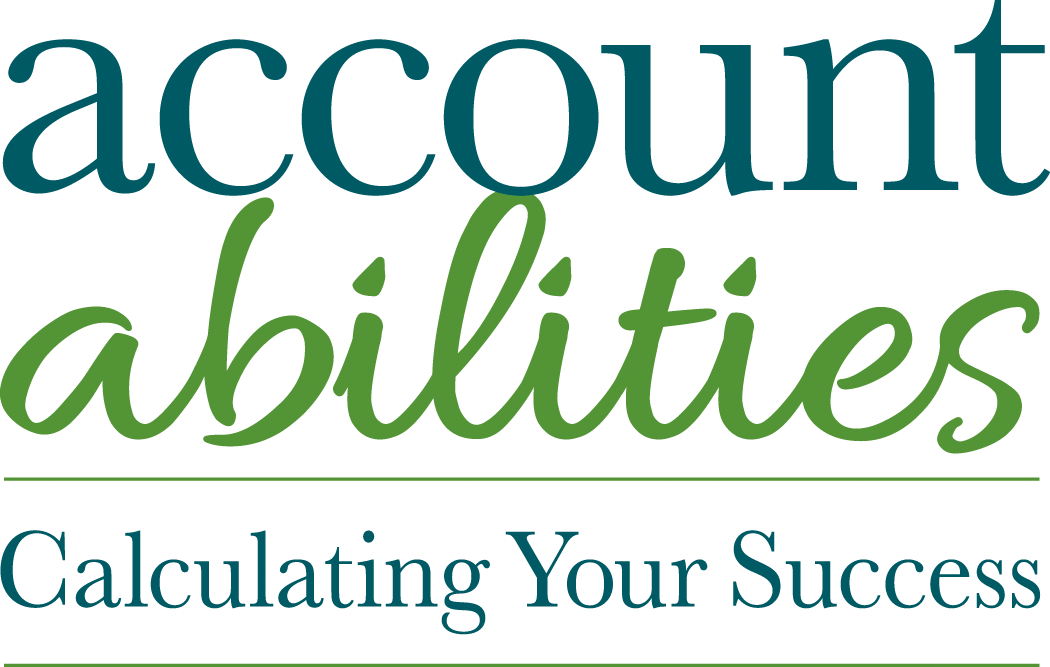Without a doubt, the number one reason to become an entrepreneur is so you control your own destiny. We are not just referring to how you live your day-to-day life, but your long-term future. When you think about the long-term, you should be considering retirement plans. As a business owner, you have so many opportunities to create a huge nest egg for your future!
If you are working on growing a business that you can one day sell for millions then great, that is one nest egg. But don’t put all of your eggs in one basket! Things can happen. You may not have a business that is sellable or perhaps you are not able to sell your business for as much as you had hoped.
In addition to building a million-dollar business, make sure to also contribute to a retirement account. As a small business owner, the following are the most common retirement plans you can choose from. Please note: There are always more choices that may be a better fit for you and your business. Please discuss your options with your financial planner and accountant.
SEP – Simplified Employee Pensions
Why Michelle loves this plan:
I love SEP’s because they are incredibly easy to start and maintain. They also offer excellent limits, but I only love them for those without employees.
Highlights:
This plan is an employer sponsored plan, which means employees do not get the choice to contribute. At tax time, you can allocate a percentage of compensation that you want to contribute to all employees.
The plan can be created as late as the due date of the tax return, including extensions. Which means you can set up a SEP for a sole proprietor as late as October 15th.
Another great advantage of SEP’s, is that you can make a decision to contribute from year to year. If your business has a great year, contribute. If the business is having a rough year, choose to skip the contributions.
SEP’s do not have any IRS reporting requirements, which also makes life a bit easier.
The Kicker is: you have to contribute the same percentage to all of your employees as you do yourself. For example: you want to give yourself a 20% contribution and you have an employee with $30,000 income. You would have to contribute $6000 to the employee’s SEP IRA.
Simple IRA – Savings Incentive Match Plan for Employees
Why Michelle loves this plan:
This is my favorite retirement plan for businesses with employees. I am a big believer in employee benefits and as a small business owner you can often be limited with what you can offer. SIMPLE’s are a fairly inexpensive employee benefit that you can offer to your employees.
Highlights:
Employees can contribute $14,000 for 2022 and then the company matches up to 3%. There are two methods of contributing to this plan: 2% to all employees regardless of their participation in a deferral, or the dollar for dollar match up to the 3%. This plan also allows $3000 for additional catch-up contributions if you are 50 years old and older.
The SIMPLE IRA does not require any additional IRS reporting; however, you are required to send all employees Form 5304 SIMPLE annually by November 1st.
The Kicker is: As a business owner, the amount you can contribute is fairly low.
SIMPLE’s have a few kickers: This plan is required to be set up by October 1st to be eligible for the current year. For example: if you want to contribute to a SIMPLE for 2022, you will need to have the plan set up by October 1, 2022. Also, you must contribute annually with the exception of skipping 2 out of 5 yrs. And, there’s a 100 employee limit on SIMPLE’s.
Solo 401k
Why Michelle loves this plan:
This is a fabulous plan for self-employed individuals, especially the consultants of the world. The Solo 401k gives the employee ( a.k.a business owner) the opportunity to contribute to a ROTH 401k, where as the SEP’s and SIMPLE’s do not have that option. I see more business owners max out their contributions with a Solo 401k versus any other retirement plan.
Highlights:
As a business owner contributing to a Solo 401k, you wear both hats in this situation: the employee making contributions and the employer that matches.
The employee contributions can be up to $20,500 for 2022, which is significantly more than the SIMPLE’s maximum contribution. The employer can match up to 25% of wages, but not to exceed a total of $61,000 for a combined employee and employer total contribution. However, if you are 50 years and older, you can contribute an additional $6500 to make the total $67,500.
Solo 401k plans can also be fairly inexpensive to operate. The only caveat is, if you have $250,000 or more in assets at the end of the year there may be reporting requirements. Please check with your broker on the filing requirements.
The kicker is: the business owner has to be the only employee in the business. A spouse is allowed, but only a spouse. Not a child.
401k Plans
Why Michelle Loves This Plan
I love 401k’s for the businesses that churn a large profit year after year and can afford these plans. I also love the fact that Profit Sharing can be added to the plan. This allows you to contribute even more to your retirement account.
Highlights:
The 401k’s are for companies that have stepped up from a SIMPLE or have added employees so they can no longer participate with a solo 401k. They look very similar to the Solo 401k’s.
The plans consist of both the employee contributions and employer matching. As an employee, you can contribute up to $20,500 with an additional $6500 for those 50 and older for 2022.
The employer can match up to 25% of wages, but not to exceed a total of $61,000 for a combined employee and employer total contribution or a total of $67,500 for those over 50.
Michelle mentions profit sharing as one of the things she loves about 401k’s. Profit sharing plans allow the employer to share some of the profits with their employees. Employers can determine the amount they want to contribute either quarterly or annually based on earnings. The best part is that the contributions are a business write-off and not taxable to employees. Profit sharing plans act as bonuses to employee’s retirement accounts and they can help motivate the team.
The kicker is: the 401k plans are very expensive. They require IRS reporting and testing requirements by a third party administrator as well as notification to the employees.
Retirement Plans in Review
For more information, visit Retirement Plans for Small Business.
| SEP | SIMPLE | Solo 401(k) | 401(k) | |
| Who this plan is best for | Businesses with none to very few employees | Businesses with employees. | Businesses with NO employees. | Businesses with employees and a consistent profit |
| Who funds this plan | Only the Employer | Both the employee and employer. | Both the employee and employer. | Both the employee and employer. |
| Maximum Employee Contributions | No Employee contributions allowed | $13,500 (2021)$14,000 (2022) | $19,500 (2021)$20,500 (2022) | $19,500 (2021)$20,500 (2022) |
| Maximum Employer Contributions | The lesser of 25% of wages, or total of $58,000 (2021) $61,000 (2022). | Matching 3% of wages up to $13,500 | The lesser of 25% of wages or $58,000 (2021) $61,000 (2022). The $58k or $61k includes the employee and employer contributions. | The lesser of 25% of wages or $58,000 (2021) $61,000 (2022). The $58k or $61k includes the employee and employer contributions. |
| Catch Up Contributions limits for those 50 and older | No Catch-Up Contributions Allowed | $3,000 | $6,500 | $6,500 |
| When the plan needs to be Set Up By | The plan can be created as late as the due date of the tax return, including extensions. | October 1st to be applicable for the current year | The plan can be created as late as the due date of the tax return, including extensions. | The plan can be created as late as the due date of the tax return, including extensions. |
| When the contributions are required to be in | As late as the due date of the tax return, including extensions. | Employee contributions need to be withheld from their paychecks by 12/31 and paid within 30 days of the salary reduction. The employer matching can be made as late as the due date of the tax return, including extensions. | If you are a S-corporation and take a salary, your employee contributions need to be withheld from your paycheck by 12/31 and paid within 30 days of the salary reduction. The employer matching can be made as late as the due date of the tax return, including extensions. | Employee contributions need to be withheld from their paychecks by 12/31 and paid within 30 days of the salary reduction. The employer matching can be made as late as the due date of the tax return, including extensions. |
| Additional Reporting Requirements | None | None | 5500 May be Required**check with your broker | 5500 Required |
Take your time to review your options for retirement plans and choose one that works best for you!


